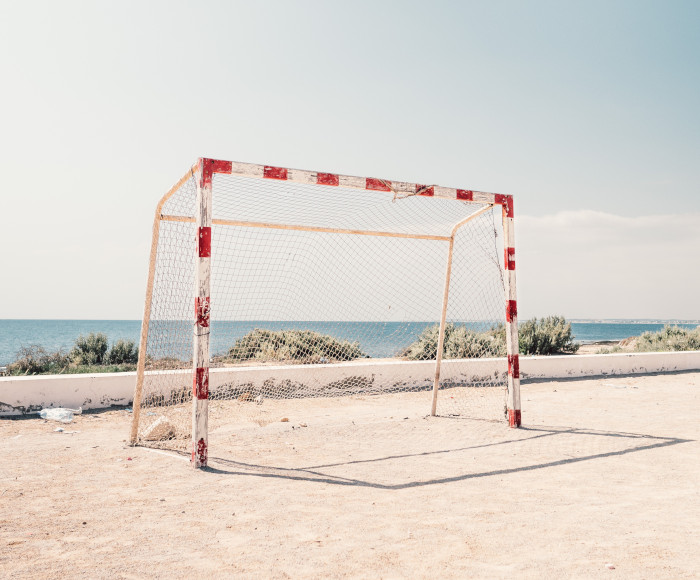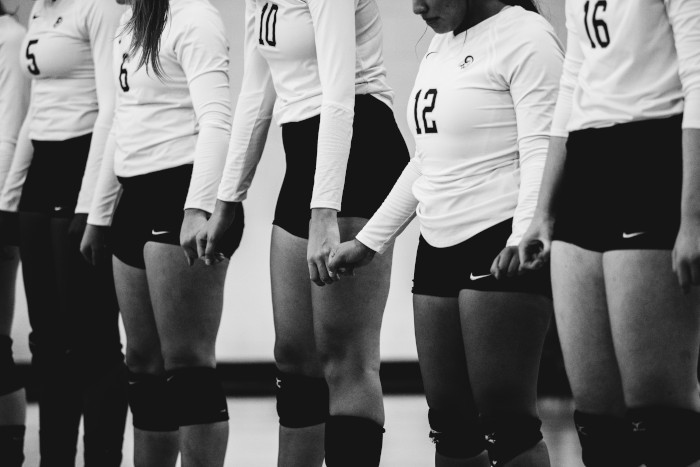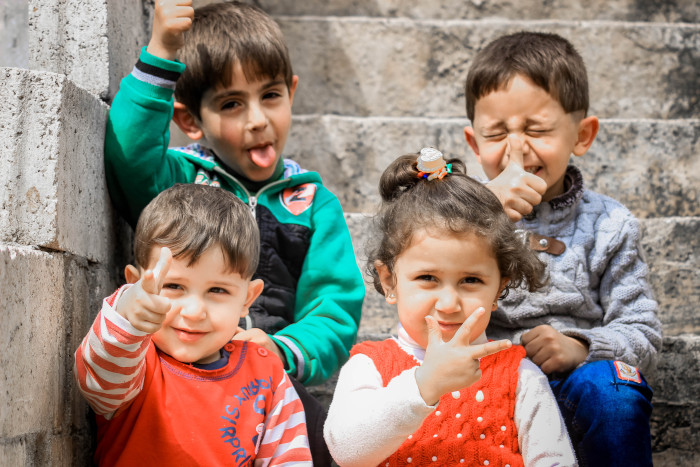Creative learning isn’t just a buzzword — it’s the best way to get kids to engage with their education. However, it’s often tricky for teachers to include creativity in their curriculum because the school day is already packed with activities. Fortunately, incorporating creative thinking into the daily timetable isn’t as difficult as you think.
It’s true that the creative learning environment looks and feels different than a regular classroom. But, once the right resources are in place, the benefits become clear. In a creative classroom, students can express themselves fully. They learn how to challenge problems and find innovative solutions. In short, they learn faster and more effectively.
Are you ready to help your class achieve its full potential? Let’s look at nine innovative ways to bring passion, creativity, and excitement to your curriculum.
Creative ideas for school activities

1. Make learning a hands-on activity
Learning by doing is something that most of us can identify with. It’s one thing to read about how to set up an experiment, for example, but it’s an entirely different experience to get your hands dirty and actually conduct one yourself.
Listening to a teacher talk for an hour on any subject is unlikely to engage pupils at a deep level. A teacher can describe how to set up an electrical circuit, but students will be better able to consolidate their learning by actually getting hands-on with a battery and wires. Interaction is the key to effective learning, and children who take a proactive role in their education naturally retain more information and have a greater understanding of the subject.
How can you achieve this in your own classroom? Here are some inspiring suggestions:
- Instead of reading a play script in English class, divide your students into small groups to act out the sections themselves.
- Rather than merely reading about and discussing the cell cycle, have your students identify the stages that cells are in by observing skin or plant cells under a microscope.
- When learning about 3D shapes, allow pupils to create their own replicas using art straws instead of looking at diagrams or pictures.

2. Consider your classroom flow
Rigid learning environments are an outdated concept. Today’s classroom needs to be flexible and adaptable to meet the needs of a variety of activities. Pupils should no longer be sitting still in rows at desks during their school day. Of course, there’s a time for facing the front and listening to the teacher, but there must also be room for group work, whole-class presentations, independent work assessments, and paired discussions.
The key to good classroom flow lies in a well-thought-out layout. A group workspace is always a good addition to your class, with a large area of empty floor space that can be used for a range of purposes. Experiment with several options to find what works best for your learning environment.

3. Facilitate debates and discussions
As a teaching professional, you can easily fall into the trap of talking the entire block. In fact, this was historically regarded as a standard practice in teaching — children were there to listen, and teachers were there to impart their knowledge. Now, of course, the world is a very different place (and that’s a good thing!).
Effective self-expression is a key element of any creative classroom. Students must have the freedom to speak their minds and raise their opinions. To do this, there must be an open approach to discussion within the learning space. As the teacher, you’re partly tasked with facilitating meaningful conversations and challenging conventional viewpoints. Through thoughtful evaluation and interactive debate around a given topic, young people can learn about critical thinking and engage with their learning materials.

4. Bring color to your classroom
Color has a place in every classroom. In elementary education, color already has a key role to play. However, even older students can benefit from the use of color in unconventional and creative ways within their learning environment.
We all know that color has the power to affect mood. By integrating color as an educational tool, you can help students to absorb information more rapidly. Color-coded notes, mood corners, and inspirational posters can all benefit a child’s ability to learn and think more creatively.

5. Offer choice as a standard
As a teacher, you’re likely used to setting a single assignment for every student in your class. However, that fails to take into account individuals’ skills, abilities, and interests. When young people are engaged with a project on a deeper level, they’re more likely to take away something valuable from the experience. By simply opening up the possibility of choice, you can unleash students’ potential to express themselves in their own way instead of trying to cram them into molds that don’t fit.
Unfortunately, students are rarely given freedom within the school setting. They’re used to being told what to do and how to go about it. You tell them what you want to see according to a rigid rubric, and they go ahead and produce what you’ve asked for (hopefully). When you think about it, this is a restrictive approach to learning. Yet it’s possible to allow students to unlock their true potential by simply offering them a choice, no matter how small.
Rather than requiring each student to write an essay to demonstrate their understanding of a topic, why not ask your students to pick a format that they like while still meeting your required criteria? Some may choose to assemble a PowerPoint presentation, while others may prefer to create a poster or even a dramatic performance. And yes, there will be students who actually want to write that essay.
By offering young people choice, you foster an environment in which they can prove their knowledge via the method that suits them best. That way, you can truly assess whether a student’s performance reflects their academic abilities, without the potential interference of an ill-suited format. Remember, the important thing is the understanding, not the way in which it is expressed.

6. Make goal setting part of everyday learning
Teachers set goals for their students, but are your pupils setting any for themselves? Part of a creative curriculum involves encouraging students to think about what they want to achieve. Once they know where they’re headed, they can take the right steps to get there. After all, without knowing the final destination, how can your students ever take actionable steps to get there?
For different students, the goals will naturally vary. While one pupil may want to improve their spelling, another may be keen to use more creative vocabulary or work toward expressing themselves more clearly in writing. The most important aspect of goal setting is the knowledge of self that it demands. To set a suitable goal, students must objectively assess their own strengths and weaknesses. They must determine what they still need to achieve and then plan how they can reach their goal.
Of course, an essential part of goal setting retrospection. Students must consider whether they achieved the target they set for themselves. If not, they must note what went wrong and how the obstacles can be overcome in the future. By doing this, creative thinking becomes part of everyday learning.

7. Make team building a priority
In all aspects of life, working as a team is essential to success. It’s also by working together that we can channel our creativity most effectively. Cooperation allows ideas to be shared, new solutions to be devised, and innovative decisions to be made. Working together also facilitates effective conversations and discussions, allowing for creative collaboration to take place.
Team building exercises should be part of the everyday classroom environment. Playing cooperative games and participating in group challenges both have a key role in building positive interactions. This type of interactivity also provides an effective sounding board for students to share their ideas and derive inspiration from their peers.

8. Experiment with mixed learner groups
In every classroom, there are certain students who always choose the same partners and groups when teamwork is required. This results in limited creativity — being too comfortable with any setup eventually causes stagnation. But selecting unusual groupings can unleash a surprising amount of creativity.
Within ordinary student-selected groups, each member will know their own role and will instinctively play it. However, when students are paired with unfamiliar classmates, they must broaden their horizons and learn how to work with others beyond their close circle of friends. They must look for a new role within this unusual grouping. As a result, they may discover new skills and unlock fresh potential. By simply shuffling groups around from time to time, you can help your students to learn more about themselves and what they can bring to the table.

9. Challenge and extend with open-ended questions
Closed-ended questioning has long been a feature of our education system. As teachers, we all too often deal in finite answers. Yet, this way of determining students’ knowledge and understanding actively shuts down creativity. While a closed question demands a set response, it doesn’t address any of the important creative aspects of education.
For example, asking what happens to a character during the course of a chapter may give pupils the opportunity to demonstrate their understanding of what they have read, but it doesn’t look beyond the surface to the deeper concepts that the author intended. Open-ended questions encourage students to put themselves in the author’s position, to use their empathy, and to use their wider knowledge of the book and its context to generate a creative and thoughtful response to your questions.
Although children often struggle with the concept of open-ended questioning, they soon learn an array of new skills to rise to the challenge. They start to open their minds to the possibility that there is more than one answer to any problem. Students will soon adapt and begin to use their natural inquisitiveness and creativity to determine a range of potential solutions.
The importance of a creative classroom environment
Your classroom is the focus of your students’ learning journey. It is your responsibility as a teacher to ensure that it offers the most creative experience possible. By fostering a positive learning environment that is open to discussion and student contribution, and by introducing collaborative and thought-provoking activities into the curriculum, you can allow creativity to flow through the whole school day.
Photo credit: rawpixel.com/pexels.com
Personalized Learning


